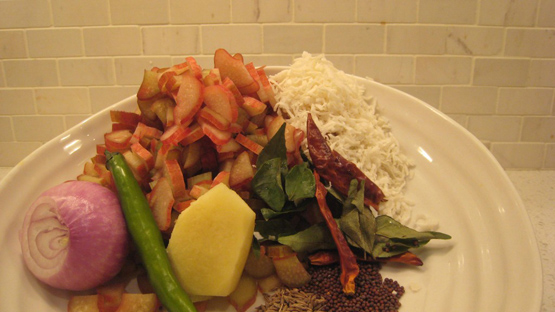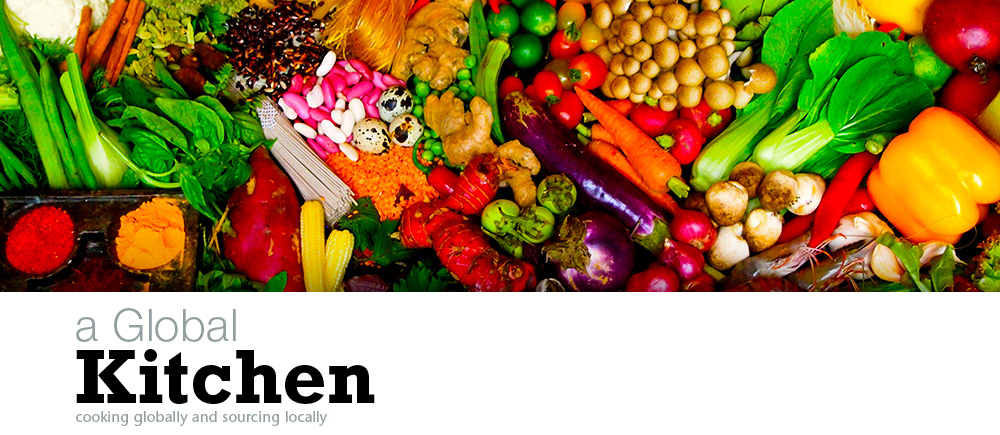It’s been a few days of hotel, train, bus, rickshaw and no internet but we have finally arrived in the beautiful Kerala. God’s own country. The following is from our last few days on the road, some pictures and some words.
From Karwar we took a relaxing train journey along the scenic Konkan railway to the temple town of Udupi. Unbeknownst to us is was a festival day at the temple and tens of thousands of pilgrims had convened to celebrate. Music played in the streets as firecrackers burst from the alleyways. Late in the evening the idol of Lord Krishna was escorted by a well trained elephant for his evening walk.
All Images by Jason Taylor


The temple bells ringing in the morning pooja (prayers) acted as our alarm clock. Being the birthplace of the famous South Indian breakfast we wandered around in search of a masala dosa (crisp lentil crepe with spiced potatoes) and coconut chutney- along with the much needed wake up from a cup of South Indian filtered coffee.

Discovering that Sundays were quiet at the temples (as Lord Krishna is fasting) we decided to go to nearby Malpe beach. All along the beach were friends and families enjoying each other’s company; boys racing each other along the damp sand; children playing in the waves of the warm waters of the Indian Ocean; and grandparents itching to get a turn guiding the family kite.




The following morning we spent some time in the main temple kitchen used to produce the food for the over 10,000 daily pilgrims. Hindu pilgrims from all over the country visit the temple to offer prayers to the boy deity, Lord Krishna. In order to keep Krishna happy the temple priests feed him his favourite food. Visitors to the temple believe that this same food served to them will fill their souls with the divine. They feel that it will bring them closer to Lord Krishna.




After a long journey via train, bus, and taxi we made our way to the home of Raju and Nethra Hegde. They live in a very small village in the Nellitotha Forest located in the interior of Karnataka. With some help of a local NGO they have set up a basic, yet comfortable, home stay. The next morning we awoke to a simple breakfast of Neer dosa (rice crepe), two variations of coconut chutney and some sweet and sticky palm sugar syrup.


Raju then led us on an hour long hike deep into the forest to visit a tiny community consisting of just a few families. Close to 70 percent of Indians still live in a rural setting. Many of them live a subsistence lifestyle off of the local resources. Ganga and her family live in a four room house made out of mud and with no electricity. Spending time in and around their home and discussing their way of living we learned that almost everything they need is in the forest. It is their grocery store, hardware store and pharmacy. Ganga showed us the laborious process of husking rice and grinding it to flour.
He son led us to a tree in the forest which he proceeded to climb and cut down a branch with a nest in it. When Raju asked us if we ate meat I assumed that perhaps we would be treated to a local egg or forest chicken dish. Little did we realise that it was a nest of red ants and their eggs. Ashwini, Ganga’s daughter, sifted the ants and their eggs with a little salt and then proceeded to make protein rich chutney with coconut and green chillies. For lunch we all sat around eating Ganga’s hand ground rice rotis, Ashwini’s ant chutney and a fiery red chile coconut chutney. Surprisingly, the ant chutney was extremely tasty with a pleasant tamarind like sourness.





It was explained that one of the ways the community celebrates a harvest is by playing their drums and singing local songs. Several male members of the community seemed eager to share their drumming and singing skills with us.
As I sipped my last cup of tea of before leaving the forest I thought about the people we met on this leg of the journey. Food should be not just for the body, but for the mind and spirit as well. The land from which we get our food needs to be valued. We must perform our everyday actions carefully, and mindfully, in order to contribute to the well being of our entire ecosystem.
and today we arrived in Kerala and Fort Cochin…
NOTE: This was originally published on my blog India On My Plate on January 20, 2011



























